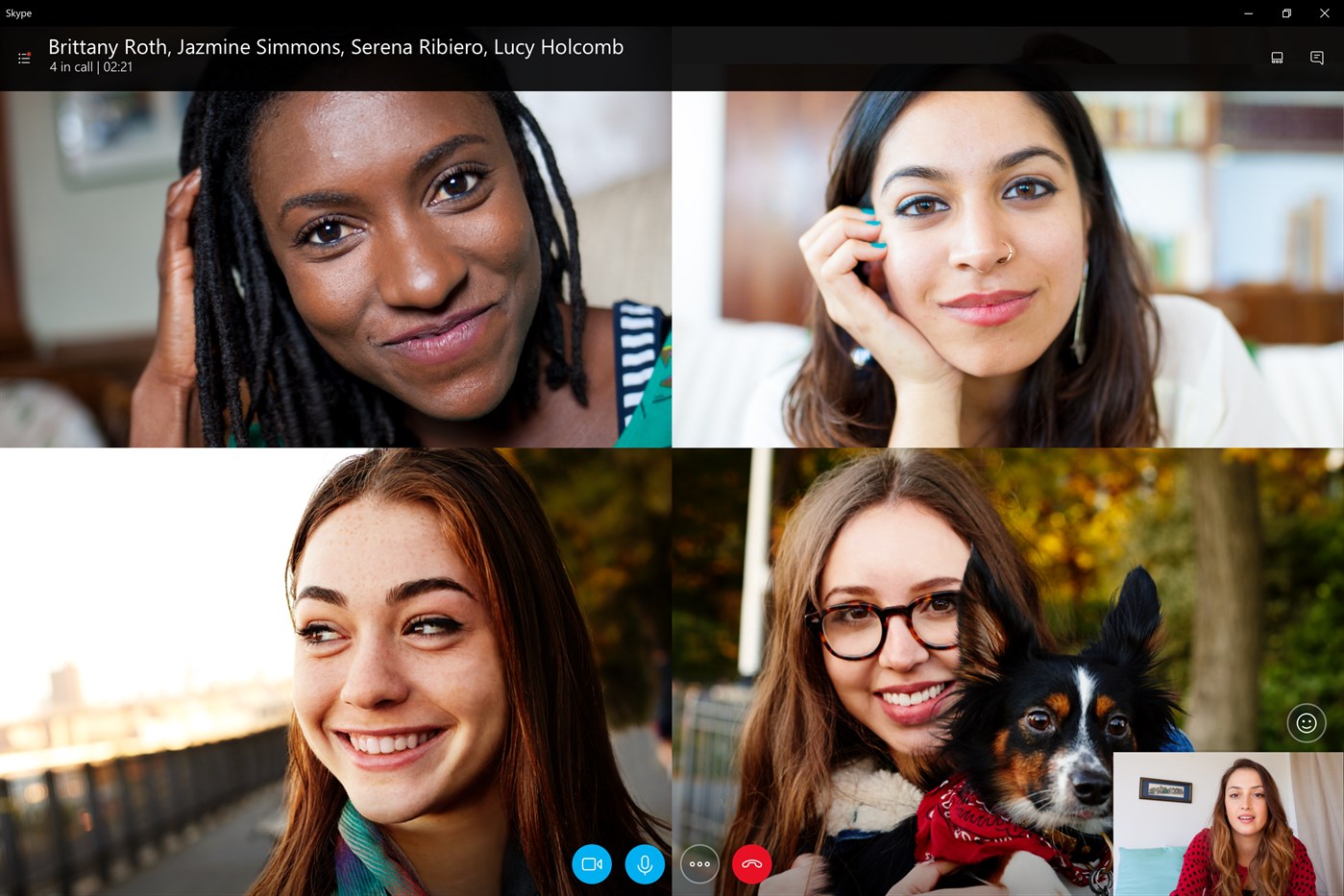

Building on the success of Xiaoice, in July 2015 in Japan, Microsoft launched Rinna.
#Skype translate bot tv#
Xiaoice is the first AI chatbot to have a real TV broadcasting job on Dragon TV, one of China’s biggest TV stations in Shanghai, which has a viewer population of more than 800 million. And she averages 23 conversation turns per session with users - nearly 10 times the industry average. She has over 40 million users - more than the entire population of California. Microsoft’s journey with chatbots started in May 2014 in China with Xiaoice. But she also has strong checks and balances in place to protect her from exploitation. She learns from human interactions to respond emotionally and intelligently, providing a unique viewpoint, along with manners and emotional expressions. Zo is built using the vast social content of the Internet. You can engage with her on Kik now in the same way you would interact with a friend, and in the future Microsoft plans to bring her to other social and conversational channels such as Skype and Facebook Messenger. Zo is a social chatbot, built upon the technology stack that powers Xiaoice and Rinna - successful Microsoft AI chatbots in China and Japan. The next chapter in this evolution is Zo. Microsoft’s long-term strategy is that agents like Cortana will not only have IQ but also have EQ, and that idea has fueled some groundbreaking work the company is doing with chatbots. You need both to truly realize the promise of AI. There are two sides to conversational AI - the task-completion or productivity side and the emotional side. We now have the opportunity to connect this “world knowledge” with peoples’ “work knowledge.” Thanks to work in Bing and Office 365, it’s possible to understand billions of entities - people, places and things. Microsoft has also built perhaps the world’s biggest knowledge graph. But what about the dream of face-to-face, real-time translation? Using the company’s new intelligent language and speech recognition capability, Microsoft Translator can now simultaneously translate between groups speaking multiple languages in-person, in real-time, connecting people and overcoming barriers. With Skype Translator, Microsoft has enabled people to understand each other, in real time, while talking to others in all corners of the world. There’s also been groundbreaking work with Skype Translator - now available in nine languages - an example of accelerating the pipeline from research to product. Last year, Microsoft became the first in the industry to reach parity with humans in speech recognition.

When Bill Gates created Microsoft Research in 1991, he had a vision that computers would one day see, hear and understand human beings - and this notion attracted some of the best and brightest minds to the company’s labs. “But what’s more exciting to me is that our vision progress is showing up in our products like HoloLens and with customers like Uber building apps to use these capabilities.” “Across several industry benchmarks, our computer vision algorithms have surpassed others in the industry - even humans,” said Harry Shum, executive vice president of Microsoft’s Artificial Intelligence (AI) and Research group, at a small gathering on AI in San Francisco in December. Microsoft has been investing in the promise of artificial intelligence for more than 25 years - and this vision is coming to life with new chatbot Zo, Cortana Devices SDK and Skills Kit, and expansion of intelligence tools.


 0 kommentar(er)
0 kommentar(er)
